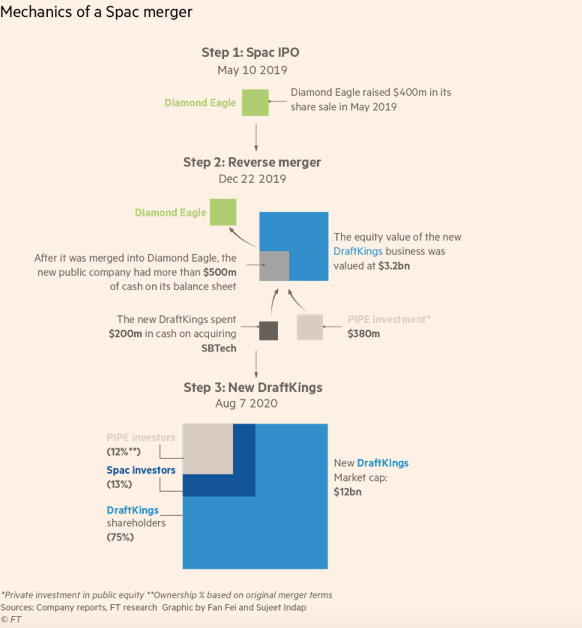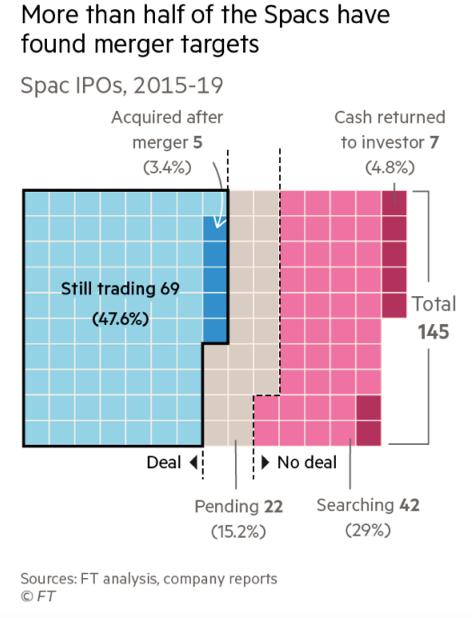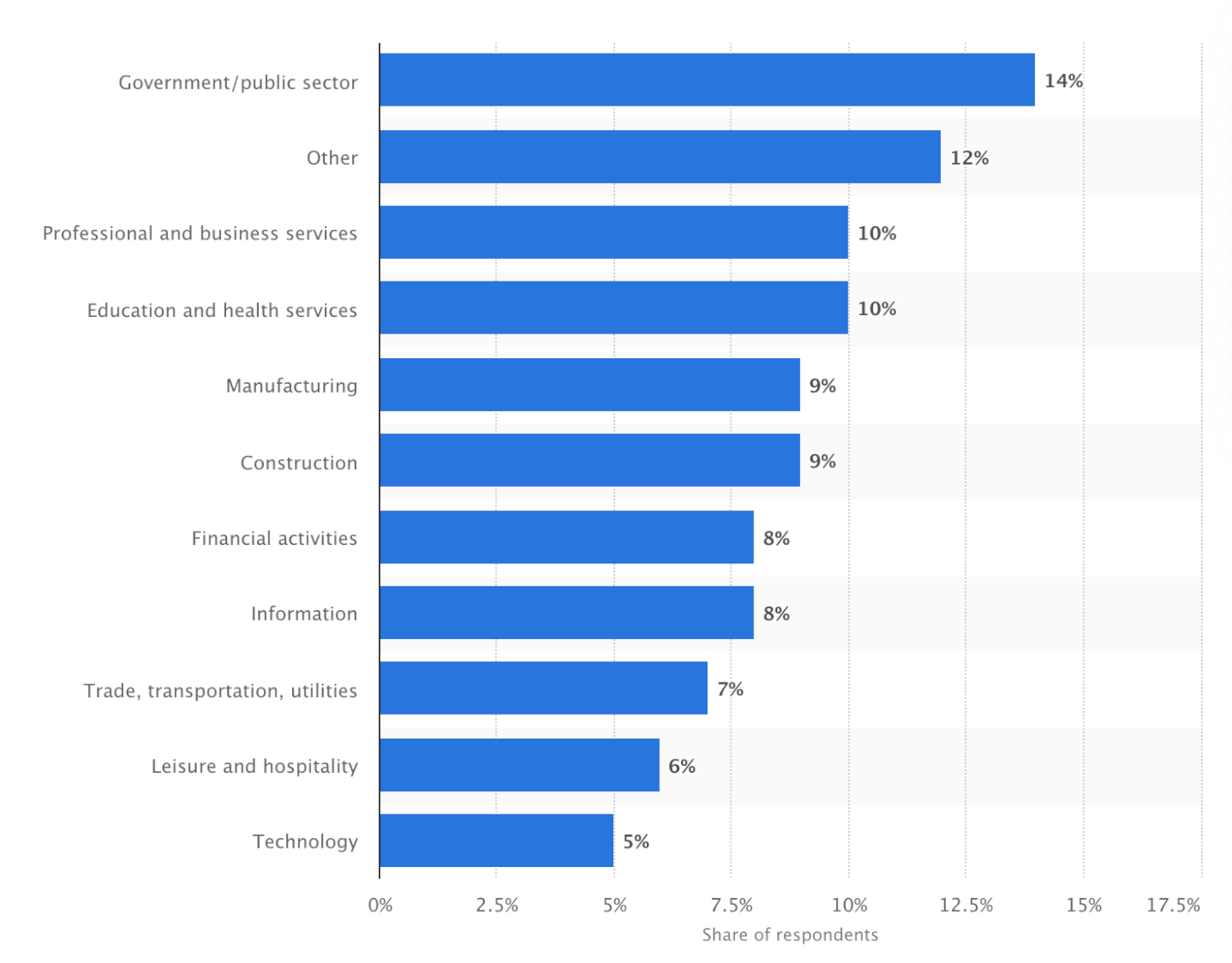Discover how to enhance decision-making in your organization by focusing on three crucial areas: solving the right problem, gathering all the available information, and understanding the intent. Learn to empower your team, foster a purpose-driven culture, and improve organizational clarity for better decision-making.

Is Your Company Scalable?
I guess the first question is, “Why should it be?”
If you can scale your company, it provides you with FREEDOM. If you don’t, you get stuck in the “Owner’s Trap,” where you do everything yourself. Eventually, in the Owner’s Trap, revenues flatten, and profits fall because the owner is spread too thin. So, how does scaling provide you with Freedom?
Provided you scale correctly, growing your business provides you with Wealth, and Wealth is correlated with “No!” Your ability to say “No” gives you FREEDOM because you get more:
TIME – You get out of the Owner’s Trap. You have the ability to say No, you get to choose when you want to work, so you have more time to spend with family and friends.
MONEY – With more money, you can say no to more things, and you have money to spend on things that matter to you.
OPTIONS – With more Wealth, you have a much better BATNA (“best alternative to a negotiated agreement”), which increases your poker hand. Your choices concerning your business increase so that you can:
- Keep it and be effectively a coupon clipper.
- Pass it on to your children or employees
- Become a Non-Executive Chairman and leave the day to day running to your President or CEO.
As we can see, through scaling, you increase Wealth, which provides you with more Freedom and Options.
So if we want to scale, how can we determine if we can? To scale effectively, we have to change our Mindset and ensure our products meet the TVR requirement.
Mindset
Our Mindset needs to be that we “want to sell a few things to many people, rather than many things to a few people.” Many business owners aim to sell a few things, but they are not strategically dependent and have different consumers. Such a strategy is limiting, and they are not adhering to the Mindset.
Strategically dependent services mean the consumer who purchases A is also likely to buy B, and both A and B meet the same “Job to be Done.” The late Clayton Christensen said that when consumers purchase a product or service, they are essentially “hiring” it to help do a job. If it does a good job, they will rehire it, if not they will fire it. Here as Christensen noted, “Job” is shorthand for what an individual seeks to accomplish in a given “circumstance.” The circumstances are more important than customer characteristics, product attributes, new technologies, or trends.
In Know Your Customers’ “Jobs to Be Done,” Christensen et al. discussed a construction company that was selling condominiums aimed at couples looking to downsize or divorced single parents. The units had high-end finishes providing a sense of luxury. However, although they had much traffic from prospective clients, they were not selling. The company made changes based on focus groups, but still, sales didn’t budge. A consultant decided to look at what differentiated a serious buyer from a tire kicker.
The data didn’t provide a clear demographic or psychographic profile of the new-home buyers, even though all were downsizers. However, from discussions with buyers and tire kickers, the issue of the “dining room table” raised its head. The condos had no formal dining room and just a breakfast bar. However, what they heard was many people saying, “When I figure out what to do with my dining room table, I will move.” The consultant realized that every family event is spent around the dining room table, from homework to birthdays, to holidays. Thus, giving up the dining room table asked buyers to give up something with profound meaning in their lives. So, the decision about whether or not to buy a high-end condo revolved around this one piece of furniture. The company realized that they were not in the business of building condo, but “in the business of moving lives!”
With this understanding of the Job to be done, the company:
- Changed the layout of the condos to allow for a dining room table,
- Provided moving services,
- Two years’ worth of storage, and
- A sorting room within the condo development where new owners could take their time making decisions about what to discard.
With all these changes, the company raised the condos’ prices to cover the moving cost and storage, and in 2007 when industry sales were off by 49%, they saw their business grow by 25%.
The condo’s strategic dependent service was not a second home or special finishes but moving-related items. Therefore, understanding the “Job to be Done” helps decide on much more effective strategic dependent services.
TVR
The TVR requirement for all services is that it is:
- Teachable. Others can do it so that you don’t have to do everything. If you look at the entire process from sales to production, if there is any step that only you, the CEO, or business owner can do, you are in the “Owner’s Trap.”
- Valuable to the consumer – A Need, not a Want! If you are meeting a want, your products and services are easily substituted or given up when bad.
- Repeatable. Consumers need it regularly.
There is one other item, that is not technically are part of TVR but needs to be kept in mind, what is the market size. If you are providing services for. a very small market, then no matter how effectively you can scale, your growth is limited by the number of competitors.
Some of you will note that I said, “Services,” and you ask about selling “Products.” Unfortunately, all products become commodities. Once that happens, you are in a race to the bottom in terms of price. Suppose you want to maintain product differentiation. In that case, you need to wrap your product in a service that has a TVR model. For example, the iPhone is a product, but it is also a service. Apple provides an environment where apps and your data is safe, so it demands a much greater price for its phones, generating a considerable margin for the company. Google’s Android phones are a commodity, and the prices are much lower. The only way to stop falling prices is to increase the available options. Of course, this irrelevant to Google as it is only providing the operating system, so the more phones (commodities) its operating system is on, the better.
In the condo story above, they had moved from selling condos (a product) to providing life moving (a service), and thus it could not be commoditized. To reiterate, if you sell Products, figure out a way to wrap a service around it so that you can defend your position and make it comply with the TVR model.
However, the TVR model does pose an internal contradiction. “Things that are teachable are often not valuable, and things that are valuable are often not teachable.”
If what you do is not teachable, then your work depends on those who know-how, limiting its scalability. The challenge is to (a) make it teachable so that more people can do the work, or (b) offer a different scalable service based on the core service. A company I know builds unique websites using its platform. They have done this to ensure that once a feature is improved, it is automatically available on all the sites that use its platform. However, because of the intricacies of its platform, it does something very valuable but not teachable. It is developing a scaled-down version that anyone can use, offered at a lower price, but with many of its platform features. Thus, it is producing something teachable and valuable.
Another example is Cook’s Warehouse in Atlanta, which provides kitchen appliances and wares. They compete with many other companies from Williams Sonoma to Target. Cook’s Warehouse has wrapped a service around its products by offering cooking classes. In these classes, chefs cook with you and teach you how to use many of Cook’s Warehouse’s products. As a result, customers develop an appreciation for the service, see the stores as a place of education, and are more likely to increase in-store purchases while attending a cooking class.
The other part of the TVR is that it has to be repeatable. We want customers to purchase it continuously. To use a simple example, wedding photographers do valuable work, but it is not that repeatable. Most of us get married once, or in some cases, twice, but rarely more. Also, there are usually several years between the events, so a customer is not a repeat customer. With my above example of the web design company, they sell their lower-end customers a monthly subscription to use their platform, meeting the repeatable requirement.
Some service providers will say what they do, is teachable and repeatable but do not have much value. In that case, look at your service offering and see if there is a way you can turn into a Rundle – a repeatable bundle. Creating a Rundle of your various offerings in ways that provide value to your customer is a possible solution. For example, an accounting firm providing tax returns for small businesses is teachable but not that valuable – you can get any other accounting to do it. However, suppose the accounting firm were to bundle – tax returns, bookkeeping, payroll, and business financial planning into a rundle with a fixed monthly payment. In that case, it is now offering something that not many others are and has value.
Suppose you cannot make a rundle of your services. In that case, unfortunately, you are in the commodity business. You can expect your competition to be internet-based, e.g., TurboTax, or available from service providers on Upwork or Fiverr.
So, examine your offering portfolio and ask the following questions:
- Is there a service we can wrap around a product to differentiate it?
- Are our services strategically dependent and meeting the same “Job to be Done?”
- Are our services teachable so that others can do them?
- Are our services a “Need” of the customer and not a “Want?”
- Are our services demanded repeatedly?
If you can answer these questions in the affirmative, then you can build a scalable business and achieve business freedom.
Copyright (c) 2021, Marc A. Borrelli
Recent Posts
Boosting Common Sense Decision-Making in Your Organization
Do You Understand Your Costs to Ensure Profitability?
You can only determine profitability when you know your costs. I’ve discussed before that you should price according to value, not hours. However, you still need to know your costs to understand the minimum pricing and how it is performing. Do you consider each jobs’ profitability when you price new jobs? Do you know what you should be charging to ensure you hit your profit targets? These discussions about a company’s profitability, and what measure drives profit, are critical for your organization.
Sunk Costs Are Just That, Sunk!
If you were starting your business today, what would you do differently? This thought-provoking question is a valuable exercise, especially when it brings up the idea of “sunk costs” and how they limit us. A sunk cost is a payment or investment that has already been made. Since it is unrecoverable no matter what, a sunk cost shouldn’t be factored into any future decisions. However, we’re all familiar with the sunk cost fallacy: behavior driven by a past expenditure that isn’t recoupable, regardless of future actions.
Do You REALLY Know Your Business Model?
Bringing clarity to your organization is a common theme on The Disruption! blog. Defining your business model is a worthwhile exercise for any leadership team. But how do you even begin to bring clarity into your operations? If you’re looking for a place to start, Josh Kaufman’s “Five Parts of Every Business” offers an excellent framework. Kaufman defines five parts of every business model that all flow into the next, breaking it down into Value Creation, Marketing, Sales, Value Delivery, and Finance.
Ideation! Harder Than It Sounds
Bringing in new ideas, thoughts, understanding, and logic is key as your organization faces the challenges of a changing environment. But when you do an ideation session in your organization… how does it go? For so many organizations, many times, after a few ideas have been thrown out and rejected, the thought process slows down very quickly, and a form of hopelessness takes over. How does your organization have better ideation? I’ve come across a new approach with a few teams lately.
Recruit, Recruit, Recruit!
An uptick in business has begun this quarter, and companies are rushing to hire to meet this surge in demand. What amazes me is how many are so unprepared to hire. Continual recruiting is key to the survival of a company. It isn’t the same thing as hiring—continuous recruiting is building a pipeline of people that you would hire if you needed to fill a position, or “A players” you would hire if they were available.
We All Need Clarity
If your organization is focused on obscurity over clarity, whether intentionally or not, your “A” player employees are vulnerable. There is a looming talent crunch. As we start to emerge from COVID, demand is increasing, and many are scrambling to fill positions to meet that demand. Headhunters and recruiters are soon going to be calling your key “A” employees. Have you been giving them a reason to stay?
Not Another **** Meeting
As Leonard Bernstein put it so well, “To achieve great things, two things are needed: a plan and not quite enough time.” Your meetings can be shorter, more fruitful, and engaging, with better outcomes for the organization, employees, and managers. It’s time to examine your meeting rhythms and how you set meeting agendas. This week, I break down daily, weekly, monthly, quarterly, annual, and individual meeting rhythms, with sample agendas for each.
Is Your Company Scalable?
Let’s start here: Why should your company be scalable at all? If your business is scalable, you have business freedom–freedom with time, money, and options. Many business leaders get stuck in the “owner’s trap”, where you need to do everything yourself. Sound familiar? If you want a scalable business that gives you freedom, you need to be intentional about what you sell, and how.
Are you ready for the Talent Crunch?
Companies are gearing up to hire. Unfortunately, many are competing within the same talent pool. Some experts are currently predicting a strong economic recovery starting in May or June. But as the economy booms, there is going to be fierce competition for talent. How will you fare in the looming talent crisis? Your organization should be creating a plan, now, so you can attract the talent you need in the year ahead.

















